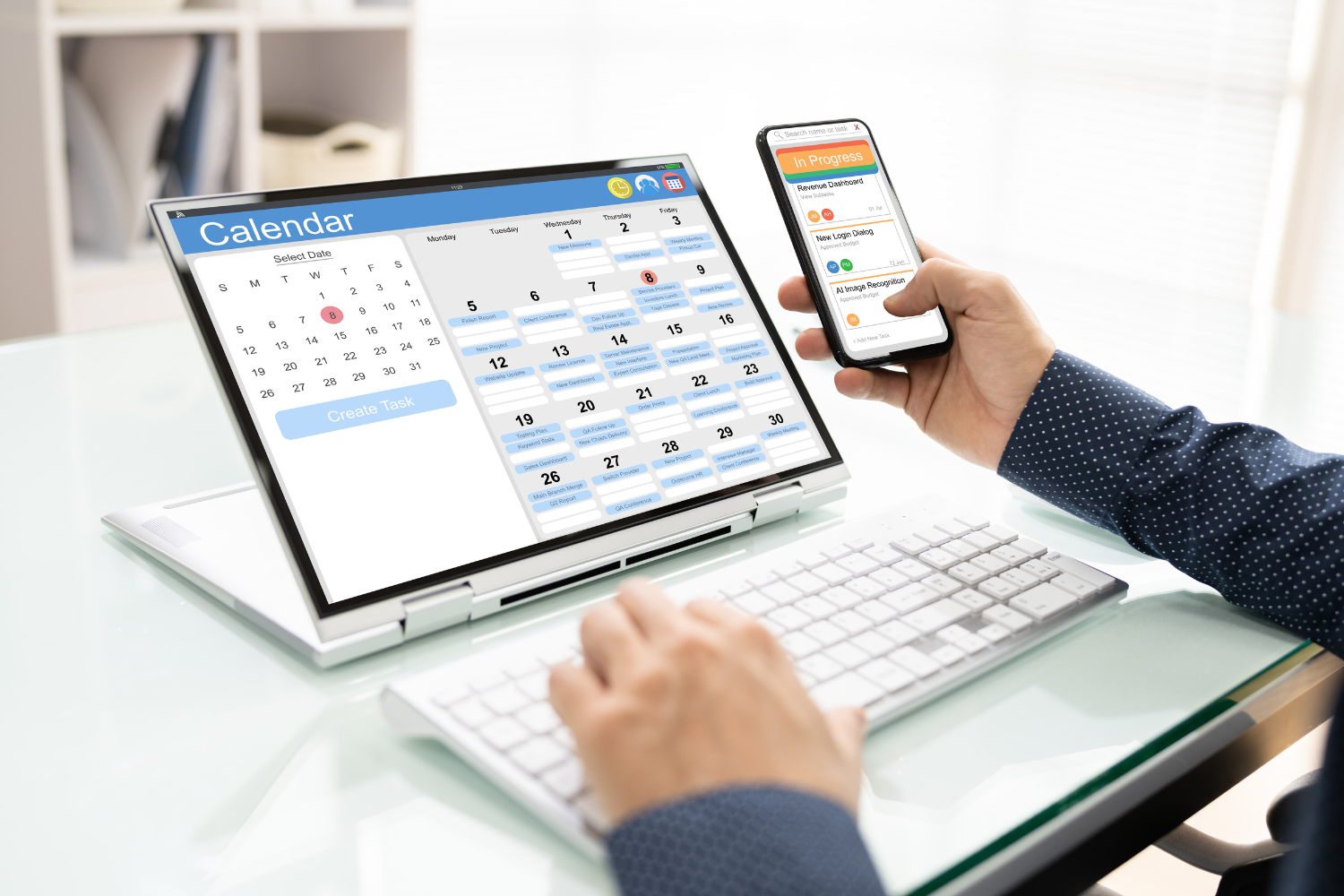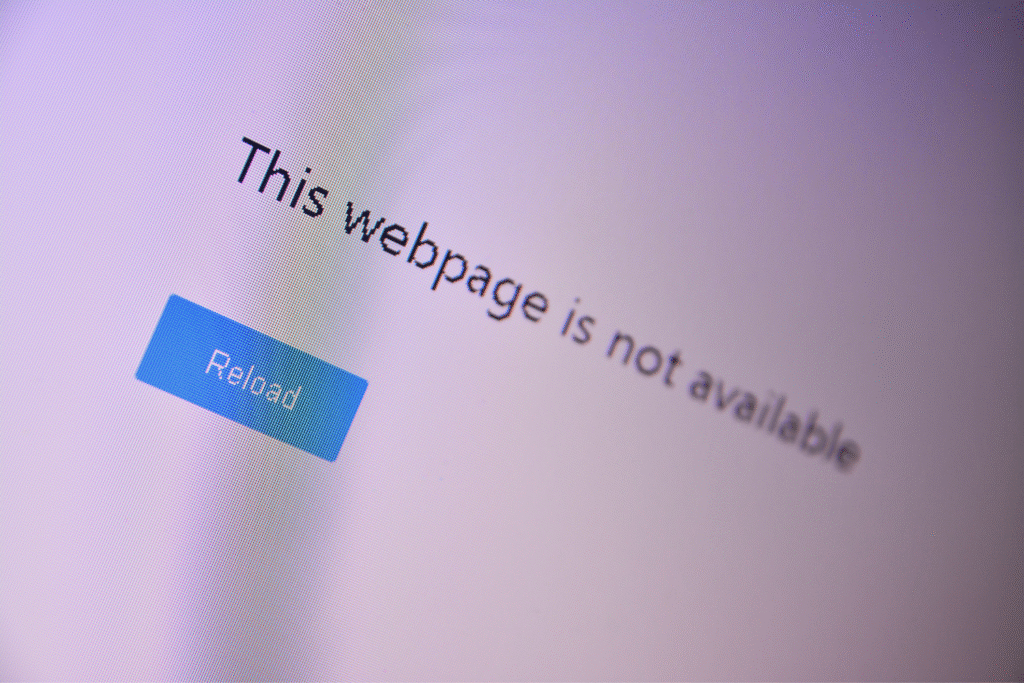Hiring remote team members across multiple time zones requires a smooth and efficient remote hiring process. Recruitment teams face challenges like scheduling conflicts, managing virtual interviews, and ensuring a positive candidate experience for remote job seekers. Using the best remote interview tools across time zones helps hiring managers automate interview scheduling, send automated reminders, and streamline the interview process.
Remote hiring tools that offer candidate self-scheduling, video interview options, and system integrations make it easier to access global talent and connect with qualified candidates. Choosing the right interview scheduling software supports better team collaboration, improves the scheduling process, and leads to faster hiring decisions.

Why the Right Tools Matter When Hiring Remotely
Founders often lose valuable time dealing with interview scheduling chaos, tech problems, and communication breakdowns when building remote teams. The hiring process becomes longer and more stressful for hiring managers and job seekers, especially when remote hiring involves multiple time zones.
Using the best remote interview tools across time zones improves the candidate experience, solves scheduling conflicts, and speeds up the remote hiring process. Good interview scheduling tools support self-scheduling, automated reminders, and better team collaboration. When hiring Filipino remote workers, you need remote hiring tools that allow async communication while still supporting overlap-friendly meetings to match different time zones.
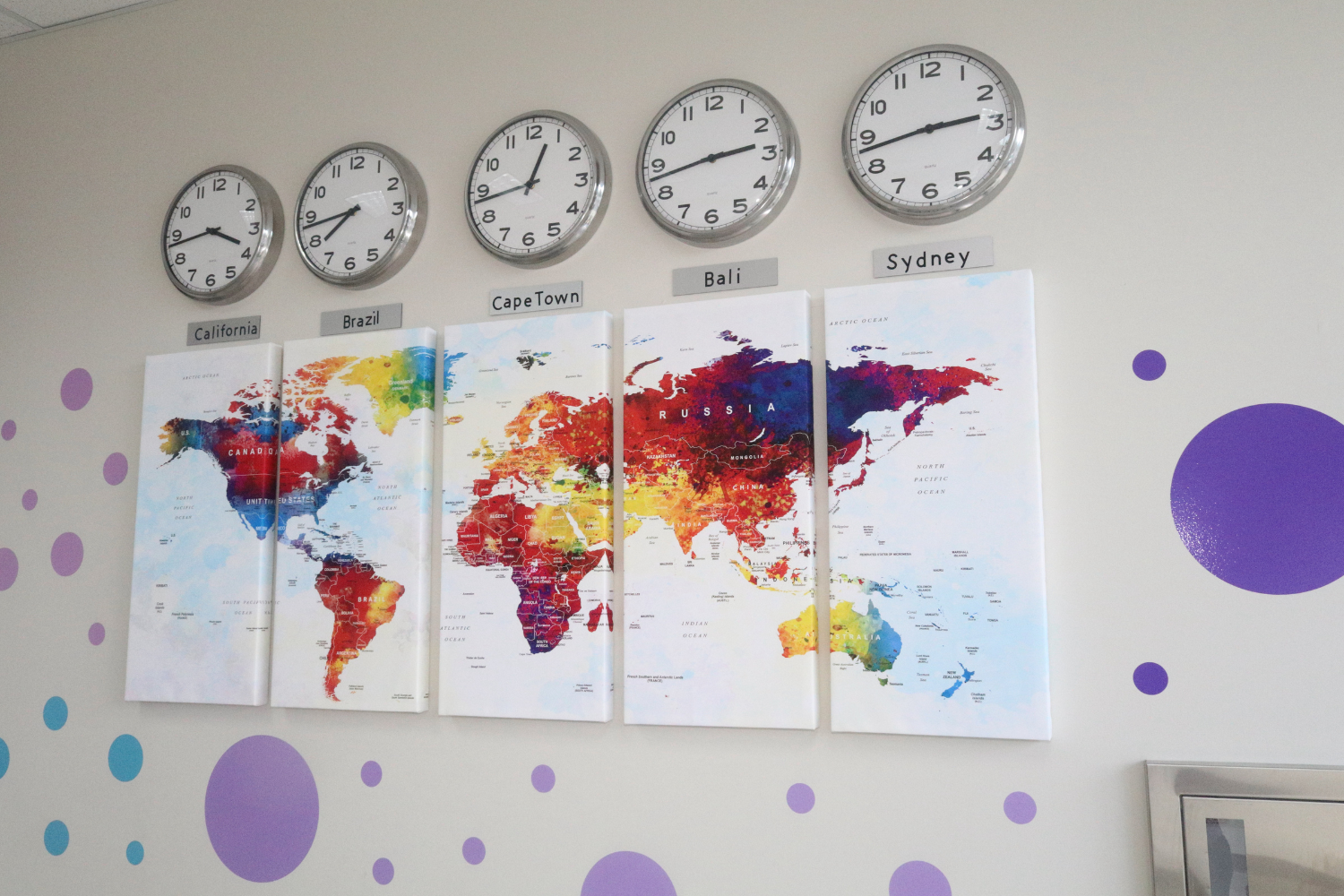
Top Scheduling Tools for Global Interview Coordination
Choosing the right scheduling tool helps recruitment teams manage interviews efficiently across multiple time zones. Here are some of the best options to automate scheduling interviews and avoid common scheduling conflicts.
Calendly – Easiest for timezone-syncing with PH-based talent
Calendly makes the interview scheduling process simple and effective for remote candidates across the Philippines and other regions. It offers a user-friendly interface, automatically adjusts for time zones, and allows candidates to self-schedule interviews based on available slots. Calendly supports automated scheduling, integrates with Google Calendar, and sends automated reminders, making it a top choice for improving the remote hiring process and candidate experience.
TidyCal – Budget-friendly alternative with time buffer options
TidyCal is an excellent option for small recruitment teams looking for budget-friendly interview scheduling software. It allows hiring managers to set time buffers between interviews, preventing back-to-back meetings that can create fatigue during the interview process. TidyCal syncs across multiple time zones and offers budget-friendly lifetime deals, making it ideal for businesses starting their remote hiring efforts.
Google Calendar + Timezone Plugin – Manual but dependable
Google Calendar and a timezone plugin offer a dependable way to manage interview scheduling across different regions. Although it requires more manual work compared to automated scheduling tools, it remains a reliable choice for hiring managers. It helps teams track interview times, avoid scheduling conflicts, and coordinate with remote job seekers without additional interview scheduling software.
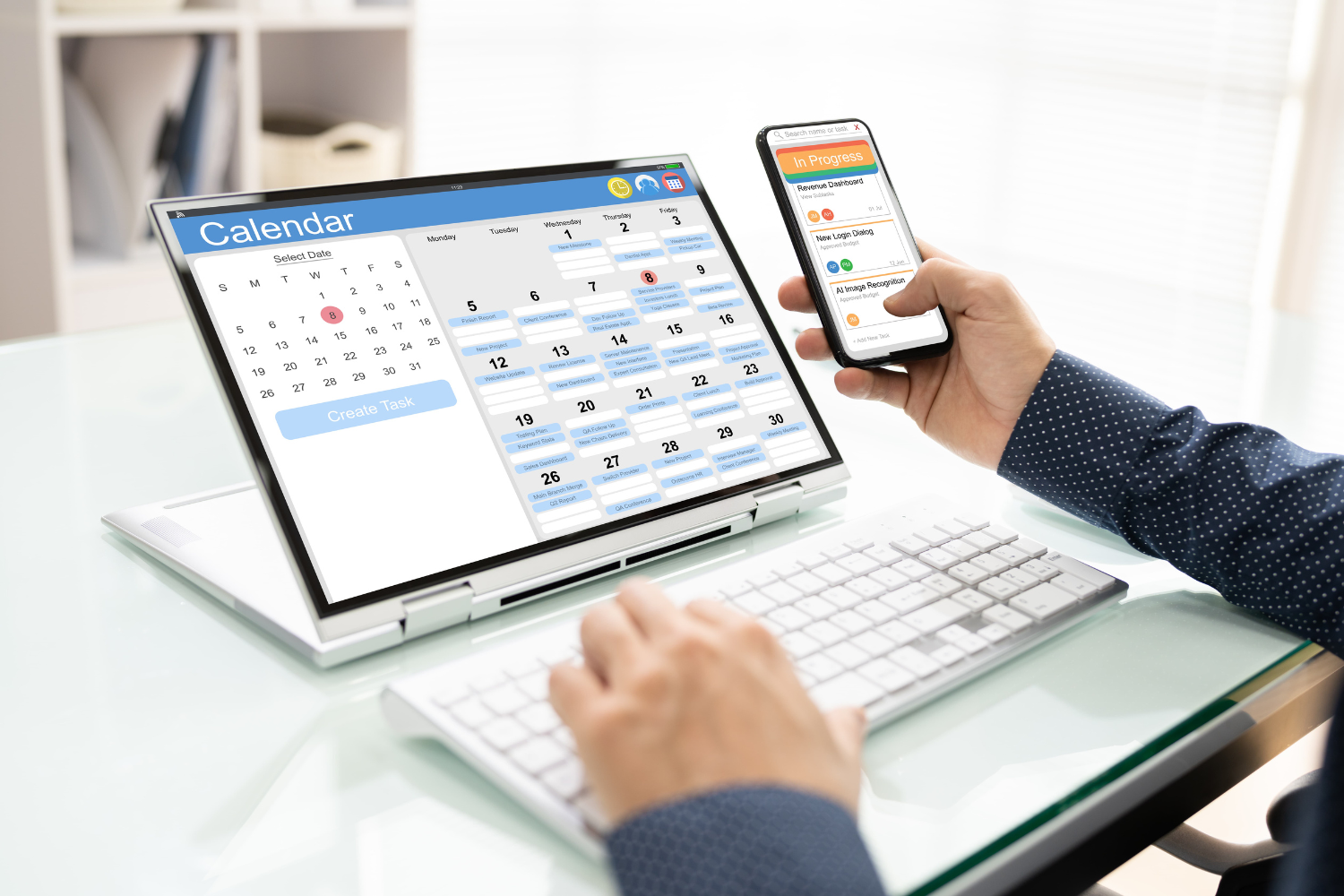
Best Live Interview Platforms for Remote Teams
After scheduling interviews, using a strong video interview platform is key to ensuring clear communication across remote teams. Here are the best options for conducting virtual interviews with remote candidates worldwide.
Zoom – Widely used in the Philippines, reliable across networks
Zoom is widely used for remote hiring in the Philippines due to its accessibility and reliability across different networks. It supports virtual interviews with large remote hiring teams, offers recording options for candidate evaluation, and integrates with applicant tracking systems and other hiring tools. Zoom improves the remote hiring process by making video responses smooth and dependable, even across weak internet connections.
Google Meet – Lightweight and mobile-friendly
Google Meet is a lightweight option ideal for remote recruitment, where mobile access is essential. It offers a user-friendly interface, integrates easily with Google Calendar for interview scheduling, and supports seamless team communication during virtual interviews. Google Meet also helps hiring managers maintain a productive interview process while reaching a global talent pool.
Whereby – No download required, great for low-bandwidth areas
Whereby is a simple video interview platform that works directly in web browsers, requiring no downloads for remote candidates. This makes it a great tool for remote job seekers in areas with low-bandwidth connections. This allows quick setup for virtual interviews, supports team collaboration, and fits into an efficient remote hiring process without adding technical barriers to candidate self-scheduling.

Tools for Async Interviewing and Pre-Screening
Async interviewing helps remote hiring teams move faster across multiple time zones. These tools let remote candidates respond when ready, speeding up the recruitment process without scheduling conflicts.
Loom – Great for candidate video intros or task walkthroughs
Loom lets remote candidates record short video responses to pre-set questions or walkthroughs of sample tasks. Hiring managers can review video interview submissions at their own pace, improving candidate evaluation across different time zones. Loom is easy to use, integrates with existing systems, and supports a more efficient remote hiring process for remote job seekers and recruitment teams.
SparkHire – Dedicated video interview tool with question prompts
SparkHire is a dedicated video interview platform designed for efficient remote recruitment through structured, one-way video interviews. SparkHire is designed to enhance the candidate experience, support candidate self-scheduling for video interviews, and help hiring teams connect with qualified candidates across a global talent pool.
Google Forms – Simple form for resume + tech setup responses
Google Forms offers a free and user-friendly interface for collecting resumes, tech setup information, and pre-employment skill assessments. It helps hiring managers gather important candidate data quickly during the remote hiring process. Google Forms can be connected to applicant tracking systems using third-party tools, helping organize candidate responses efficiently.

Collaboration & Evaluation Tools for Your Hiring Team
Strong team collaboration during interviews keeps hiring processes organized and helps hiring teams make better hiring decisions. These tools help recruitment teams stay in sync even across multiple time zones.
Notion – Centralize interview notes, scorecards, and follow-ups
Notion is a central hub for interview scheduling notes, scorecards, and follow-up tasks during the remote hiring process. It helps hiring managers, recruitment teams, and other tools stay aligned without losing track of candidate evaluations. With a user-friendly interface and customizable templates, Notion improves team collaboration and supports productive team members.
Airtable – Structured candidate tracking + rating system
Airtable offers a visual and flexible way to manage candidate tracking during remote hiring. It helps hiring teams rate candidates, track interview progress, and coordinate next steps across different time zones. Airtable can be integrated with applicant tracking systems and provides advanced features like customizable views to simplify recruitment.
Trello or ClickUp – Create hiring stages with status updates
Trello and ClickUp make it easy to build visual pipelines for remote hiring. Hiring managers can create boards showing each step of the interview process, move candidates through stages, and assign updates to productive team members. These platforms help recruitment teams avoid missed steps, improve candidate experience, and maintain seamless communication across remote teams.
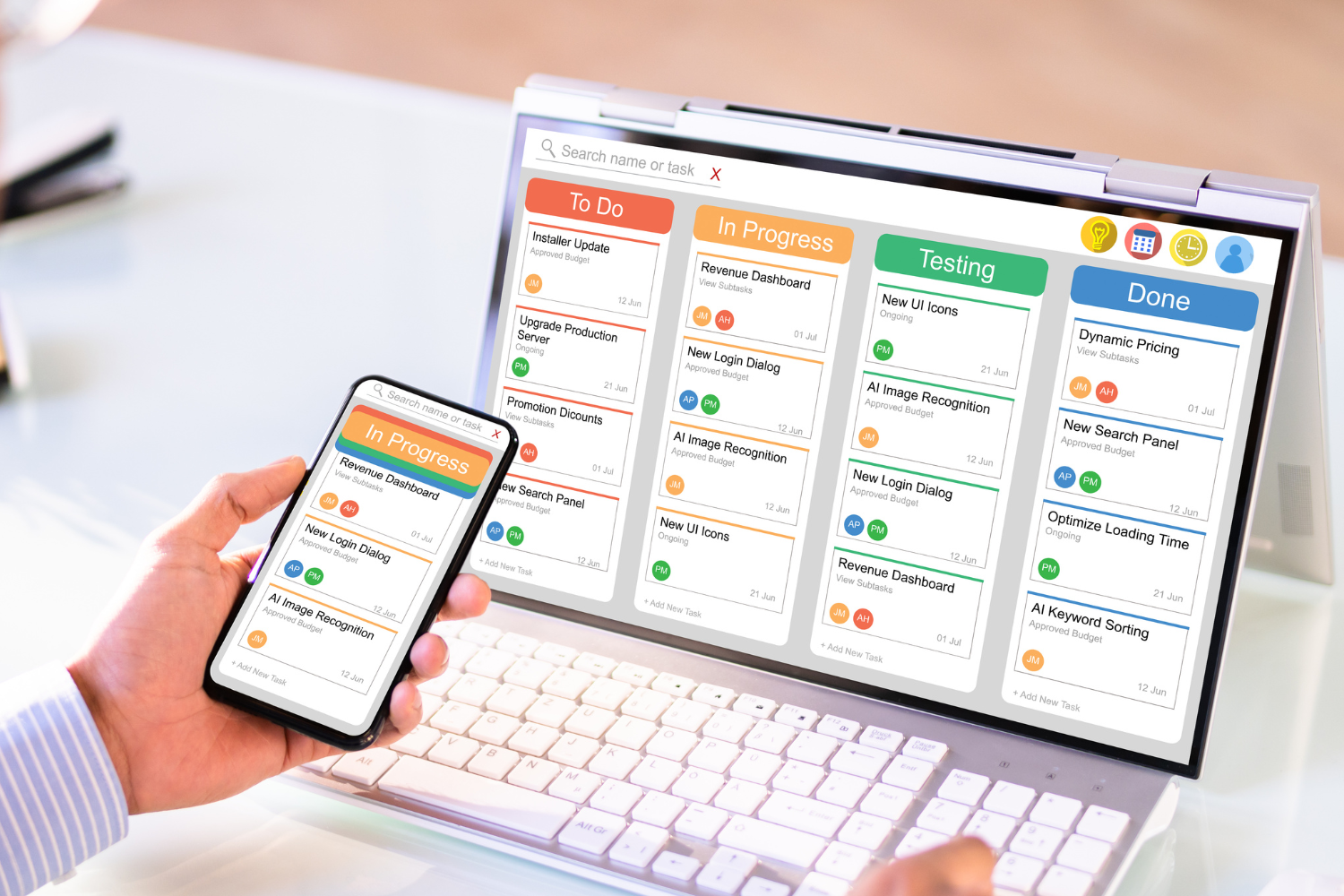
How to Manage Time Zone Differences Without Missing a Beat
Handling time zones carefully makes the remote hiring process smoother for hiring managers, job seekers, and recruitment teams. Using the right strategies helps avoid delays and scheduling conflicts with remote candidates.
- Use interview scheduling software that automatically adjusts for multiple time zones.
- Establish a fixed “overlap window” where hiring team members and remote job seekers can meet live.
- Choose async options like video responses and candidate self-scheduling tools when real-time overlap isn’t possible.

Real Example: A U.S. Founder Who Streamlined Interviews Across 3 Time Zones
A U.S.-based founder hiring remote team members across Asia, Europe, and North America simplified the remote recruitment process by choosing smart tools.
Used Calendly + Loom + Notion combo for first-rounds
The founder used Calendly to automate interview scheduling and allow candidates to self-schedule interviews based on their time zones. Candidates submitted Loom video interview responses, which hiring managers reviewed inside a shared Notion workspace to track feedback.
Created a scorecard with team feedback in Airtable
During the candidate evaluation phase, the hiring team built a scorecard in Airtable to rate applicants across different criteria. Airtable made it easy for multiple hiring team members to leave feedback in one place without slowing down the hiring process.
Reduced hiring time by 40% while improving the candidate experience
Using remote hiring tools like Calendly, Loom, and Airtable helped the founder speed up the hiring process and candidate evaluations. The efficient remote hiring process improved the candidate experience, minimized scheduling conflicts, and helped the company reach a larger global talent pool of remote workers.

Tech Makes Hiring Global Talent Simple—If You Use It Well
Building a strong offshore team starts with choosing the best remote interview tools across time zones that simplify the interview scheduling process for hiring managers and remote job seekers. Using interview scheduling software with automated scheduling, self-schedule interviews, and seamless team collaboration features helps reduce friction for both sides.
Standardizing your interview stack with remote hiring tools, applicant tracking systems, and video interview platforms ensures a consistent recruitment process across all roles. Combining the right hiring tools with a strong hiring team can build a more productive system for global hiring, support better candidate evaluation, and lead to faster hiring decisions when working with remote candidates across multiple time zones.
Frequently Asked Questions
What are the best remote interview tools for scheduling interviews across time zones?
Calendly, TidyCal, and Google Calendar, which have plugins, are top interview scheduling tools for global hiring.
How can I avoid scheduling conflicts during remote hiring?
Use automated scheduling tools with time zone adjustments and allow candidates to self-schedule interviews.
What video interview platforms are best for remote candidates?
Zoom, Google Meet, and Whereby are reliable options for conducting virtual interviews with remote workers.
How do I improve candidate experience during the remote hiring process?
Offer a user-friendly interface, send automated reminders, and use async video responses to reduce stress.
What tools help hiring teams track candidate data across interviews?
Notion, Airtable, and applicant tracking systems organize candidate tracking and support seamless team communication.
References
- International Labour Organization. (2023). World Employment and Social Outlook: Trends 2023. https://www.ilo.org/publications/flagship-reports/world-employment-and-social-outlook-trends-2023
- The World Economic Forum. (2020). The Future of Jobs Report 2020. https://www.weforum.org/publications/the-future-of-jobs-report-2020/
- Uniform Guidelines on Employee Selection Procedures. (1999). Testing and Assessment: An Employer’s Guide to Good Practices. https://www.uniformguidelines.com/testassess.pdf
- U.S. Department of Labor. (2005). Recordkeeping Rule Clarifies OFCCPs Definition Of Job Applicant for Internet and Related Technologies. https://www.dol.gov/newsroom/releases/esa/esa20051007
- U.S. Equal Employment Opportunity Commission. (2023). What You Should Know About COVID-19 and the ADA, the Rehabilitation Act, and Other EEO Laws. https://www.eeoc.gov/wysk/what-you-should-know-about-covid-19-and-ada-rehabilitation-act-and-other-eeo-laws
- U.S. National Institute of Standards and Technology. (2010). Daylight Saving Time Rules. https://www.nist.gov/pml/time-and-frequency-division/popular-links/daylight-saving-time-dst
- U.S. Office of Personnel Management. (2021). 2021 Guide to Telework and Remote Work in the Federal Government. https://www.opm.gov/telework/documents-for-telework/2021-guide-to-telework-and-remote-work.pdf
- U.S. Small Business Administration. (2023). Hire and manage employees. https://www.sba.gov/business-guide/manage-your-business/hire-manage-employees
